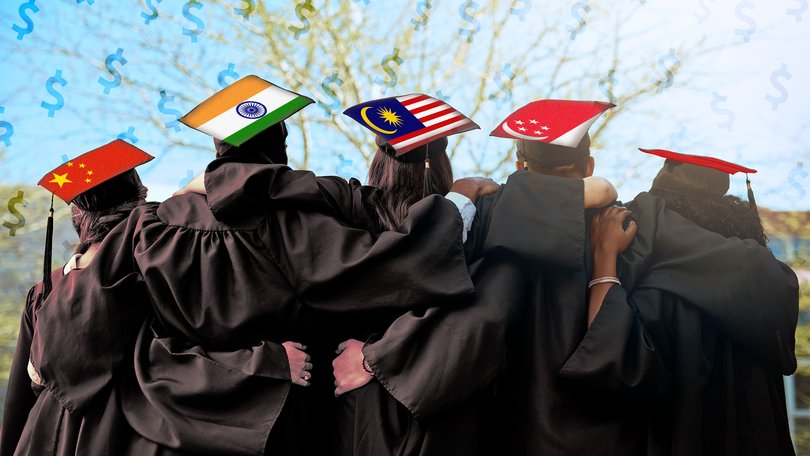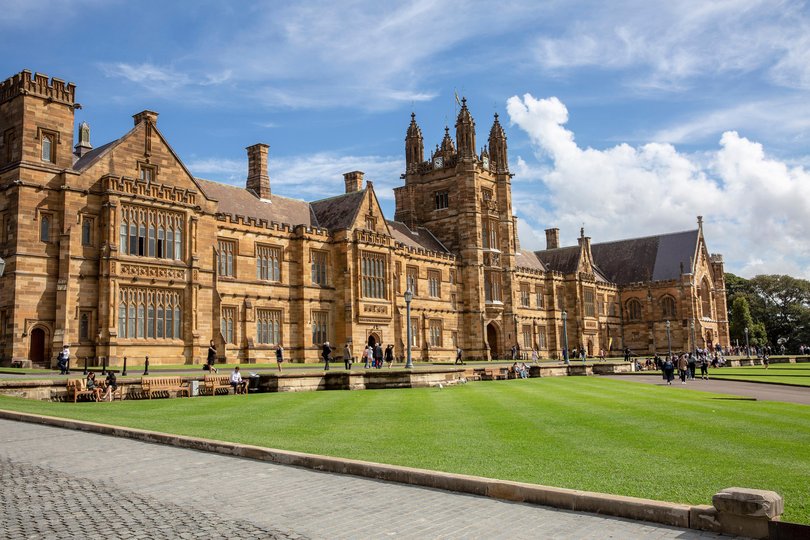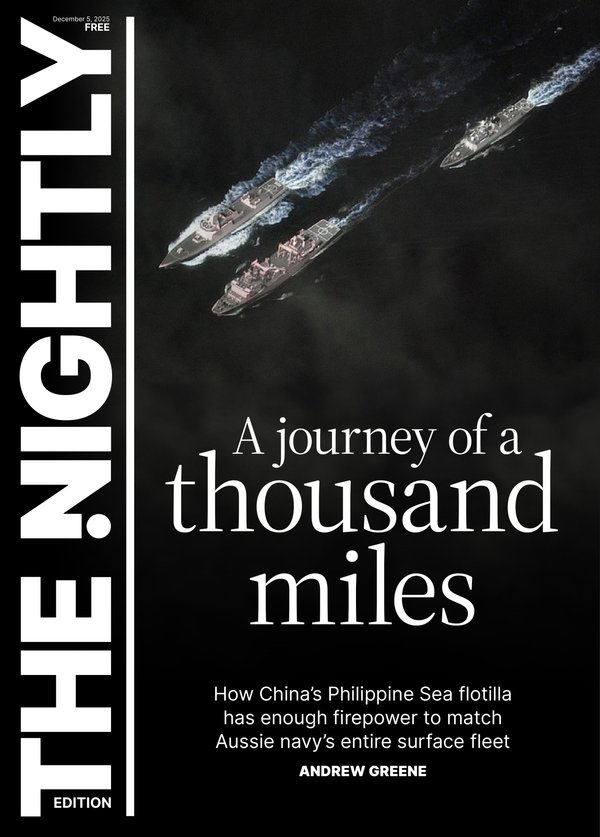Why Australia’s more prestigious universities rely on international students

A leading higher education expert says Australia’s oldest and most prestigious universities risk undermining academic standards by being too reliant on international students.
Overseas students last year made up a slight majority of students at the University of Sydney, Australia’s oldest university.
They make up a high proportion of students at Australia’s most prestigious universities, known as the Group of Eight.
Sign up to The Nightly's newsletters.
Get the first look at the digital newspaper, curated daily stories and breaking headlines delivered to your inbox.
By continuing you agree to our Terms and Privacy Policy.Professor Andrew Norton, a higher education expert at the Monash Business School, said prestigious universities risked having more students with a poor grasp of English, especially in degrees like business, engineering and IT.
“I would say the issue here is mostly around English-language standards and then whether the students are being so-called soft marked. That is, in some cases, being passed when they should have been failed,” he told The Nightly.
“Are you setting up these students to fail? If they do actually fail but you pass them anyway, it’s undermining the credibility of the degree. That is the key concern here.”
Of the 78,825 students enrolled at the University of Sydney, 39,725 of them are on a temporary visa living in Australia while another 310 are international students living outside the country.
The Group of Eight universities, considered the most prestigious, has a particularly high intake of overseas students.
“Really, I think, in the case of the University of Sydney and other Group of Eight universities, it’s to finance their research ambitions which go well beyond what the Government would ever be willing to support,” Professor Norton said.
Data from the Department of Education showed overseas students made up 43 per cent of enrolments at the University of Melbourne, Australia’s second oldest university.
At the University of New South Wales, they make up 46 per cent of students, compared with the Australian National University share of 40 per cent of students, ahead of the University of Queensland on 39 per cent and Monash on 37 per cent.

Professor George Williams, the Vice-Chancellor at Western Sydney University with a 20 per cent share of international students, admitted there would be challenges if too many in the classroom struggled with English.
“If you have a classroom that’s predominantly English as a second language, that can be a challenge to teach and a challenge for the other people in the classroom,” he told The Nightly.
But Professor Williams said international students were needed to cross subsidise programs to help struggling, local students at his university in the absence of generous Federal Government funding.
“International students provide the income we need to support Australian kids in study,” he said.
“We have to run food programs for our Australian students. We’ve got one in two with food insecurity.
“There’s been a big decline over decades in Commonwealth funding universities and international students have made up the gap.”
The Group of Eight’s chief executive Vicki Thomson said overseas students, who are required to pay their tuition upfront, in fact boosted the standard of education in Australia.
“Let’s be clear - international students are not propping up a broken system — they’re sustaining a world-class one,” she told The Nightly.
“Go8 universities set the highest English language requirements in Australia—well above the minimum required by the Australian Government to secure a student visas.”
More than half Australia’s international students come from China, followed by India, Nepal, Vietnam and the Philippines.
“The Chinese students are quite focused on the prestige of the university, so they tend to favour the Group of Eight universities, the research universities,” Professor Norton said. “Whereas the Indian and Nepalese students are more focused on migration outcomes.
“They’re less likely to pay the high fees of the Group of Eight and more likely to choose other universities.”
Former Macquarie University chancellor Maurice Newman said many Chinese students were ironically annoyed at encountering too many international students.
“The feedback we were getting from Chinese students who said they weren’t getting an Australian education,” he said.
As of August 2025, 645,853 foreigners were in Australia in a student visa, with this figure including spouses and children, Department of Home Affairs data showed.
Another 232,006 were on a graduate, temporary visa, which allows them to stay in Australia to live, study and work after finishing a degree.
That means close to 900,000 people are in Australia on a student visa of some kind during a rental crisis.
The days of universities being over reliant on international students may be limited.
A new Australian Tertiary Education Commission will be operational from 2027, and would regulate the proportion of international students allowed at each university.
“I’m pretty sure the University of Sydney will not be allowed to have 51 per cent international,” Professor Norton said.
Education is Australia’s fourth biggest export, after iron ore, coal and natural gas.

